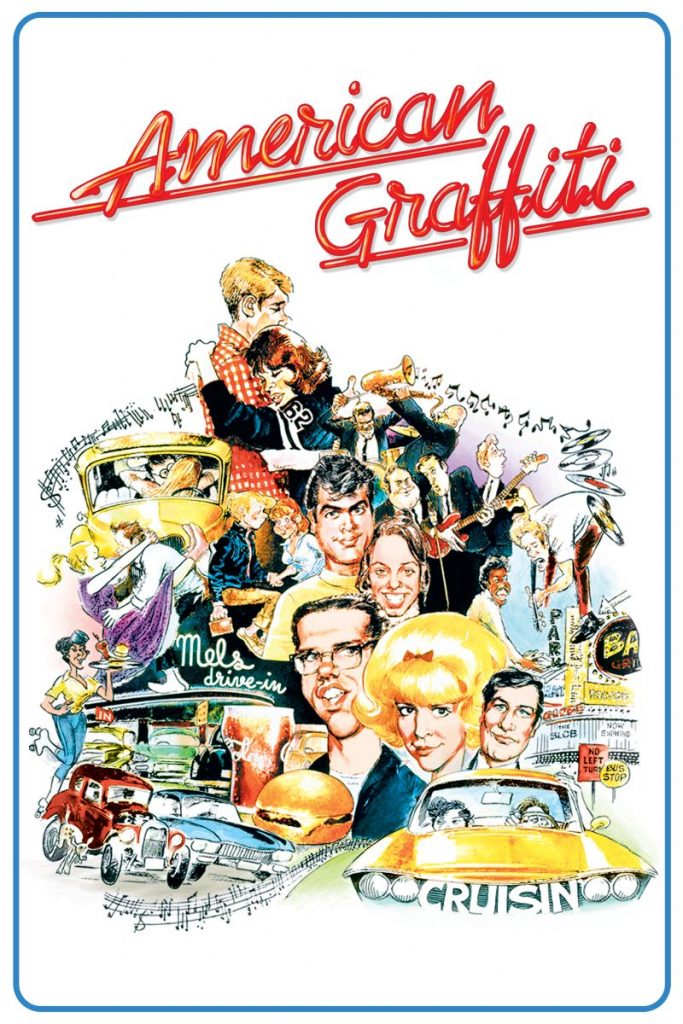
There would be no “Star Wars” without “American Graffiti”. The behind-the-scenes stories about what George Lucas did to get “American Graffiti” made is a plot within itself and a deeper storyline than the movie had.
Lucas to make this type of movie. Lucas hated his first script. Universal Studios hated his final script. It was a movie about nothing with interconnecting stories in one night with a jukebox soundtrack of oldies music
The $750,000 film grossed $155 million, was the third highest grossing movie of the year and paved the way for Lucas to make his movie about lightsabers and the Force.
But it rarely gets any television play nowadays and no one really gives it the kudos it deserves. It was Seinfeld before Seinfeld. It was a John Hughes film before movies were made about high school kids in detention.
Until “American Graffiti,” movies with lots of songs were called “musicals” and they were sung by the actors. A soundtrack of jukebox hits was not common. Without this film, would there be a “Saturday Night Fever”, a “Footloose” or a “Flashdance”. Would there have been an MTV?
The casting in this film just seems to work. Paul LeMat and Mackenzie Phillips have great chemistry, as do Charles Martin Smith and Candy Clark. Ron Howard and Cindy Williams basically play what would become Richie Cunningham and Shirley Feeney for years on television’s “Happy Days” and “Laverne and Shirley”. Richard Dreyfuss probably has the most screen time as a scared kid who becomes a gang member for a night chasing a blonde in a white T-Bird before flying off to college. Harrison Ford plays Han Solo in a cowboy hat. Suzanne Somers made a career by saying hi from that T-Bird.
So many actors built careers from the characters in “American Graffiti” that I’m amazed it’s not playing on television daily somewhere on cable.
What makes it great is the moments of transition that everyone experiences this one night. Some of these kids grew up that night. Some of them decided not to. Some left their young years behind them in pursuit of something bigger. Some resigned themselves to their glory days and didn’t want to leave them. You can’t cruise the strip forever? Maybe you can. And in case you don’t get the message of the film, Wolfman Jack beats you over the head with it in an excellent cameo in an “Oz behind the curtain” look at childhood heroes.
If you haven’t seen this important film in a while, give it another take.
The Highlight Reel
So, so many worthy scenes for the highlight reel in this one. Like when Dreyfuss is flying off to college and finally finds the white T-Bird he’s been chasing all night driving down below. Or after the race when Charles Martin Smith tells Paul Le Mat he’ll always be number one, and you get the feeling that instead of joy, he feels kind of stuck. But the best was when Dreyfuss and others go back to the old high school for the Sock Hop, and he wanders the halls. For one of the few times in the film, there is no music. Silence. Dreyfuss finds his old locker, and tries his combination. Doesn’t work. It’s been changed. It’s not his locker anymore. He can’t go back. Life moves on.
 7.4
7.4

Photos
See all photos >>






